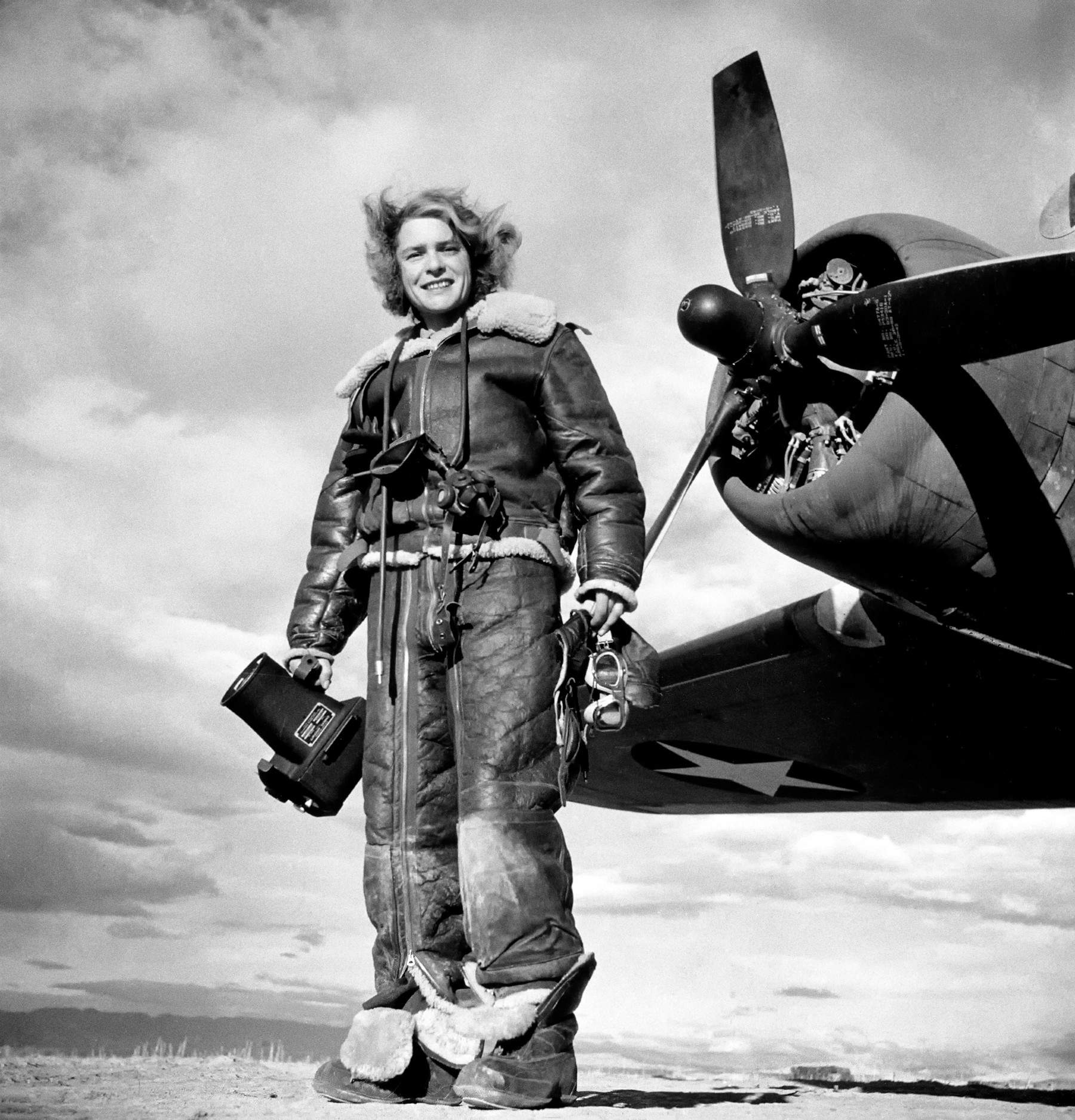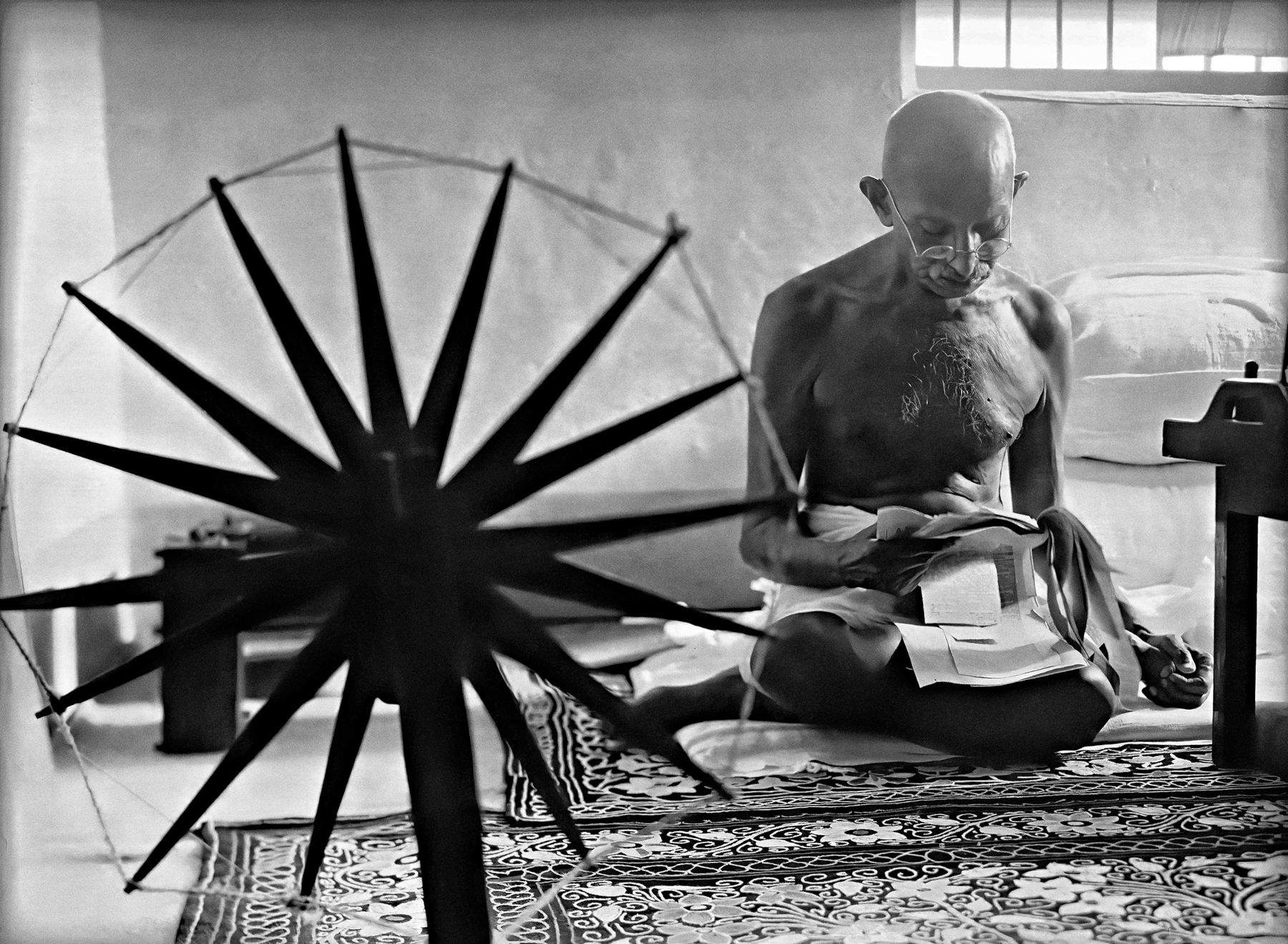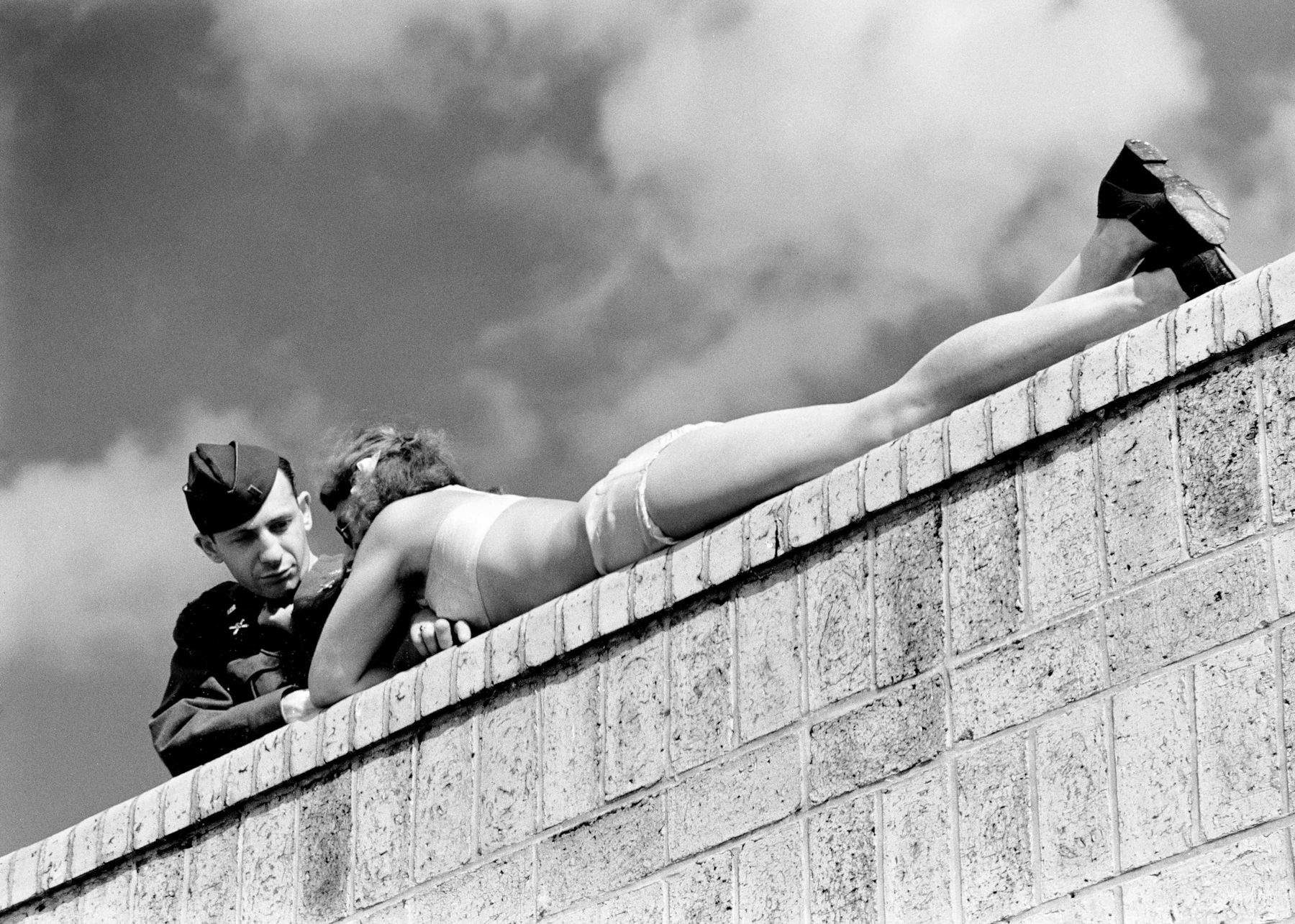From October 25, 2025 to February 8, 2026, the frescoed halls of the Chiostri di San Pietro in Reggio Emilia will host Margaret Bourke-White. The Work 1930-1960, a retrospective exhibition dedicated to Margaret Bourke-White (New York, 1904 - Stamford, 1971), one of the most significant figures in twentieth-century photography. The initiative is promoted by the Fondazione Palazzo Magnani in collaboration with CAMERA - Italian Center for Photography, and curated by Monica Poggi. The exhibition presents 150 images spanning three decades of the author’s activity, including industrial reportage, war scenarios, social transformations and geopolitical conflicts. Born in New York in 1904 and passed away in 1971, Bourke-White was able to build an international career distinguished by her ability to deal with extreme contexts, both in terms of logistical difficulties and political implications, establishing herself as a direct witness to the events that marked the century. The exhibition is divided into six sections, following a chronological and thematic criterion.
“In the years when what had obsessed me had been the beauty of industrial architecture, people had been purely casual presences in my photos. [...] Now, however, I am only interested in people,” Bourke-White said, recounting the reportages he made of American life in the years following the economic collapse. “I saw and photographed stacks of lifeless naked bodies, the pieces of tattooed skin used for lampshades, the human skeletons in the furnace, the living skeletons that would soon die from waiting too long for liberation. In those days the camera was almost a relief, it inserted a thin barrier between me and the horror in front of me.”

The first core, titled The Early ’Life’ Services, traces the photographer’s collaboration with the American magazineLife, which began in 1936. For the inaugural issue, the editors chose one of her images of the Fort Peck Dam in Montana as the cover. It was the beginning of a long collaboration that would lead her to chronicle large public works, industrial processes and changing urban landscapes. The period is explored in depth in The Enchantment of Factories and Skyscrapers, where the author’s modernist interests and attraction to the monumental geometries of large manufacturing complexes emerge.
Another pivotal moment is Portraying Utopia in Russia, in which photographs made in the Soviet Union are exhibited.Bourke-White was the first American photographer admitted to the country. Her work in the USSR coincides with a crucial historical phase marked by the regime’s propaganda ambitions and Western interest in alternative economic models. Her images seek to restore the scope of an industrial and social transformation still in progress, maintaining a gaze suspended between documentation and visual rhetoric.

The section Sky and Mud, Photographs of War collects reportages made during World War II, on the African, European and Soviet fronts. The images render the harshness of the conflict, but also the everyday dimension of life at the front, paying particular attention to the faces, bodies and spaces of civilian resistance. In these contexts, the author does not renounce a demanding technical approach, continuing to use medium and large format equipment, despite environmental difficulties. The choice allows her to achieve a sharpness and composition that lend monumentality to the subjects.
The narrative continues with The World Without Borders: reportages in India, Pakistan and Korea, which documents her missions in the late 1940s and early 1950s. In India, the photographer also portrays Mahatma Gandhi, witnessing the process of decolonization and the early conflicts associated with the birth of the new nation-states. Even in these reportages, Bourke-White prefers posing to direct capture, distinguishing herself from other coeval photojournalists such as Robert Capa or Henri Cartier-Bresson. His stylistic choice aims to restore dignity to his subjects, often belonging to marginalized social classes, transformed into universal emblems of the suffering and transformations taking place.

Margaret Bourke-White, American soldier chats with a German girl sunbathing in postwar Berlin. Germany (1945; Margaret Bourke-White/The LIFE Picture Collection/Shutterstock)
The last section, Gold, Diamonds and Coca-Cola, addresses a recurring theme in the photographer’s work: social inequality. The title alludes to the coexistence of ostentatious wealth and precarious living conditions that Bourke-White documents during her travels in Africa and the United States. The photographs, taken in urban and rural contexts, highlight increasingly pronounced economic contrasts and raise questions that are still relevant today about the dynamics of globalization and the spread of consumerist patterns. In addition to the analysis of her career path, the exhibition also devotes attention to the photographer’s personality. Bourke-White emerges as an unconventional and determined figure, capable of overcoming gender barriers in a predominantly male environment. In the 1930s she achieved such fame that she was considered among the most influential women in the United States. Anecdotes included in the exhibition include the presence of two alligators in her studio at the Chrysler Building, a symbol of an unconventional existence.
His career developed along two lines: first as an interpreter of New Deal policies, conveyed through a visual language close to propaganda and social instances; then as a photojournalist oriented toward a drier realism, aimed at recounting individuals and communities involved in historical crises. In both cases, his research is distinguished by stylistic consistency and a continuous attention to the narrative devices of photography. An episode from 1955 offers a singular key to her vision: stricken with Parkinson’s disease, an illness that would accompany her until her death, she wrote to her editor Henry Luce asking to be sent on the first space flight to the moon. “Of course I would have to solve the problem of the means of transportation,” she wryly observed in the letter. “Perhaps in a few years I will find the solution. Maybe jumping rope doesn’t mean I will be able to go to the moon, but science runs so fast, who knows.”

During the exhibition, the Fondazione Palazzo Magnani is offering a series of public meetings dedicated to the so-called “American Century,” an expression that encompasses the historical, cultural, ideological, economic and social arrangements that characterized the 20th century and still influence contemporary life today. The initiative aims to delve into the context in which the figure of Bourke-White was formed and established, offering tools to interpret her work in light of the transformations of the present.
 |
| Margaret Bourke-White retrospective in Reggio Emilia with 150 shots on war, industry and society |
Warning: the translation into English of the original Italian article was created using automatic tools. We undertake to review all articles, but we do not guarantee the total absence of inaccuracies in the translation due to the program. You can find the original by clicking on the ITA button. If you find any mistake,please contact us.